
I was born in New York but moved to Florida where my early formative years were steeped in the sunlight and the botanical diversity of the south.
I have always drawn and painted since early childhood. Like all children, I loved it. I just never stopped. My passion, then and now made every moment feel alive with a profound sense of presence and purpose. When not drawing or painting, I explore as much as possible the flora and fauna, as well as the waters and animal life of my surroundings.
As a young adult, I was a single teenage mother. During this time I attended USF, St Petersburg, Eckerd College, and at City & Guilds College in London England while living in and working on the William Morris House. I was only in the UK for part of the time I was at Eckerd.
From the age of 20 I made a living by the primary skill I had, working as a freelance illustrator. My work included packaging design, particularly food packaging, medical illustration as well as several cookbooks, children’s books one of which was a children’s book on Helen Keller for Random House and adult and young adult fiction and non-fiction, and over 50 book covers. You can find this work in grocery stores, department stores, bookstores, and libraries and maybe in your refrigerator.
I also taught at Eckerd College and Ringling College of Art & Design and currently teach one class at the Morean Art Center.
The southern landscape remains a constant muse, with its luminous light and rich ecology. My subject matter, rooted in direct observation and memory testifies to the richness of nature, merging abstraction with figuration to explore themes of time, movement, and rhythm.
It is my fervent hope to continue to create work that is fresh, alive, and invigorating: to challenge myself to venture into the unknown, to leave work that will inspire, challenge, and enrich and nourish those who view my work.
I hope that the value of art continues to be revered and incorporated into everyday life and to enrich the human experience.
My work has been shown at The Tampa Museum of Art, The Florida Museum of Women Artists, the Brevard Museum of Art, and the FL State Capital, and through various galleries. I currently have work showing at Tempus Projects in Ybor City. In addition, I have had artists residencies at the Moulin e Nef in Auvillar France, the Hambidge Center, and twice at the VCCA in Sweet Briar, VA.
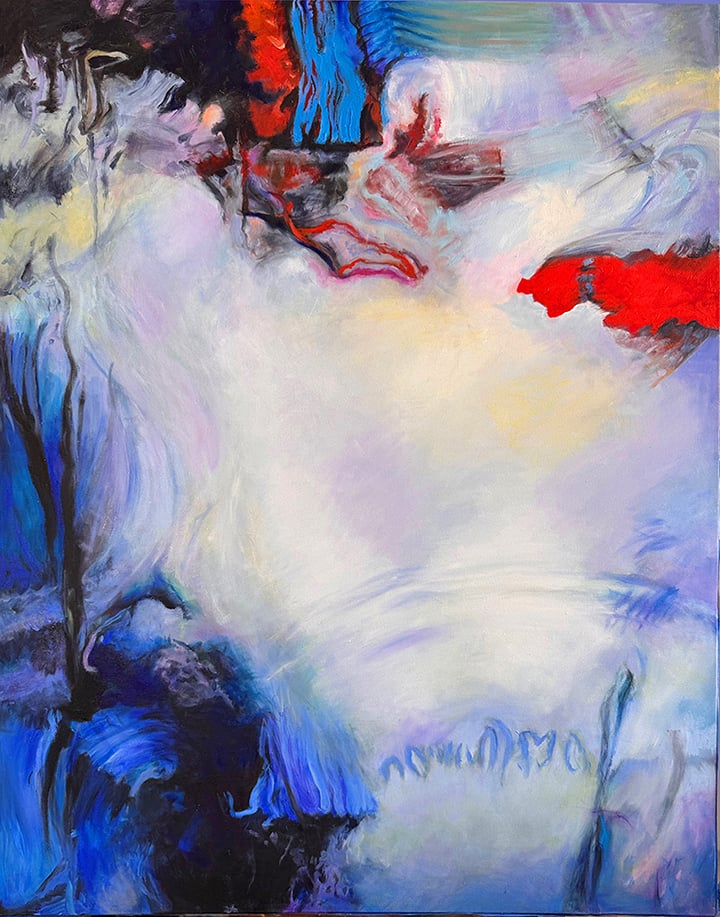
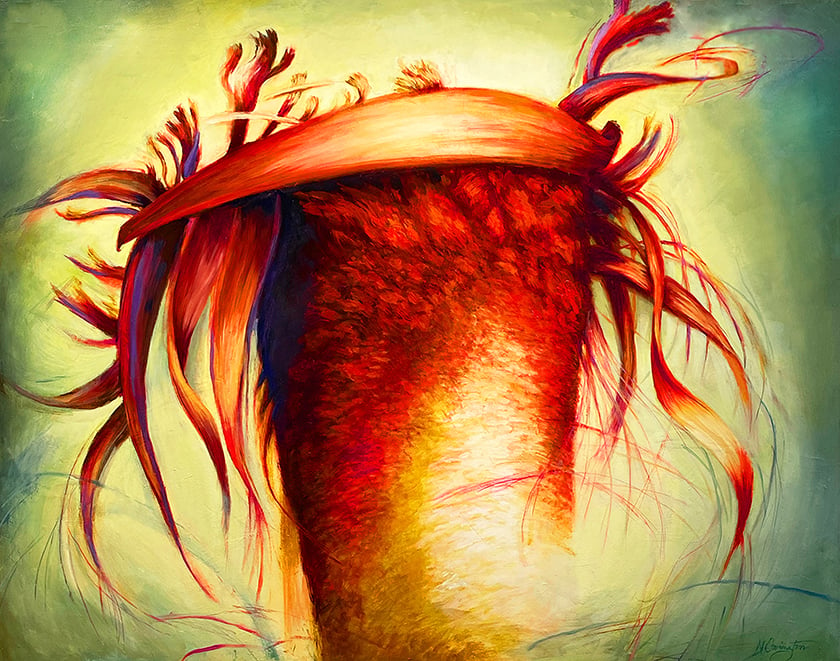
Interview with Neverne Covington:
Drawing the Unseen
Q: Neverne, your work has such an ethereal quality—layered, textural, and deeply emotive. How would you describe your artistic practice?
Neverne Covington:
Thank you. I would describe my practice as contemplative. Drawing is my foundation—it’s how I think and how I process the world. Whether I’m working with charcoal, oil paint or mixed media, I’m always searching for that liminal space between observation and imagination. The act of mark-making is meditative for me. I’m interested in revealing something beneath the surface.
Q: Your work often incorporates botanical and anatomical elements. What draws you to these themes?
Covington:
I’ve always had a deep respect for the natural world. There’s a kind of quiet intelligence in plants and the environment—an architecture that’s both functional and poetic. I think of these forms as metaphors for the body, memory, for resilience and transformation.They’re also a way to talk about fragility and strength simultaneously.
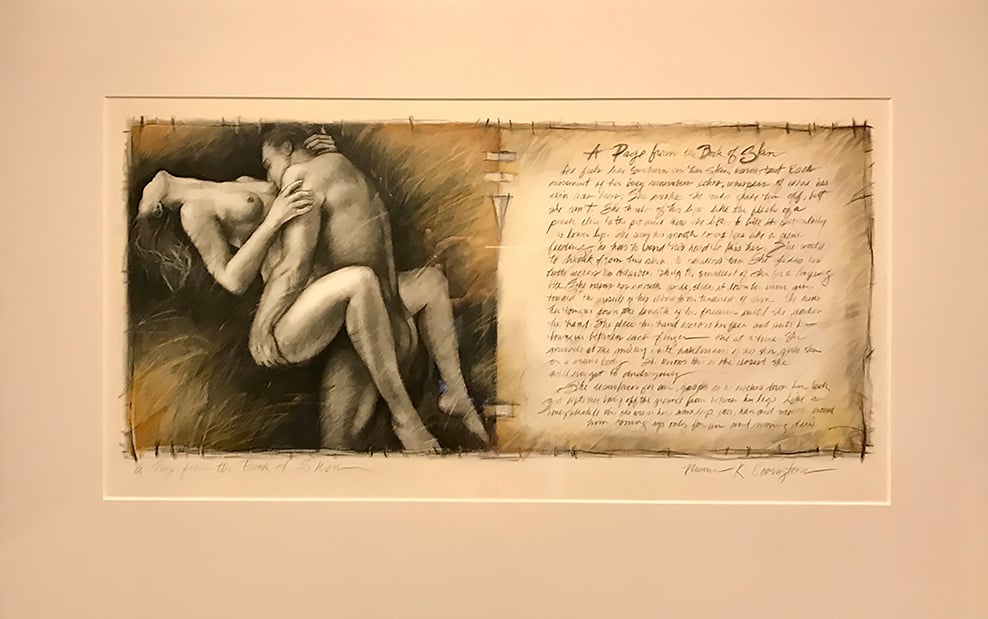
Q: You’ve exhibited widely and have taught at various institutions. How does teaching influence your studio practice?
Covington:
Teaching is a conversation. It keeps me engaged and reminds me of the importance of curiosity. When I work with students, I’m constantly challenged to articulate my choices and to remain open to discovery. That energy inevitably seeps back into my own work. It’s a reciprocal relationship.
Q: Can you walk us through your studio process? How do you begin a new piece?
Covington:
It usually starts with drawing—very loose, gestural sketches. I often work in series, so start with small studies, since I tend to work large. From there, I build layers—sometimes on paper, sometimes with cold wax medium or oil. The process is very physical. I work standing up, I rotate pieces, I step back often. It’s about listening, letting the work lead.



Q: Who or what has influenced your art the most?
Covington:
I’m deeply inspired by artists like Kiki Smith, and Louise Bourgeois—artists who use materials in tactile, intimate ways. I also love the old masters like Turner and Caravaggio. Literature and poetry are big influences too. I often draw inspiration from writers like Rainer Maria Rilke, Sharon Olds and Enid Shomer. There’s a shared sensitivity between words and images that I find compelling.
Q: You live and work in Florida—how has that environment shaped your vision as an artist?
Covington:
The light, the heat, the lushness—all of it gets into the work. Florida is a place of contradictions: beauty and decay, abundance and loss. I think living here has attuned me to subtle shifts in mood and atmosphere. There’s a certain quiet intensity as well as a thunderous roar that I try to capture.




Q: What are you currently working on, and what’s next for you?
Covington:
Right now, I’m exploring a new body of work that focuses on memory and mapping—how we trace emotional landscapes over time. I’m also experimenting with oil sticks, cold wax and encaustic monotypes. I continue to make one of a kind original artists books. As for what’s next, I’m always looking for new ways to push the boundaries of drawing as a medium.
Q: What advice would you give to emerging artists trying to find their voice?
Covington:
Be patient with yourself. Make the work that feels honest, not the work you think people want to see. Stay curious. Look at everything—art, nature, literature, film—and find connections. Most importantly, keep showing up. The act of making is where the voice begins to reveal itself. •

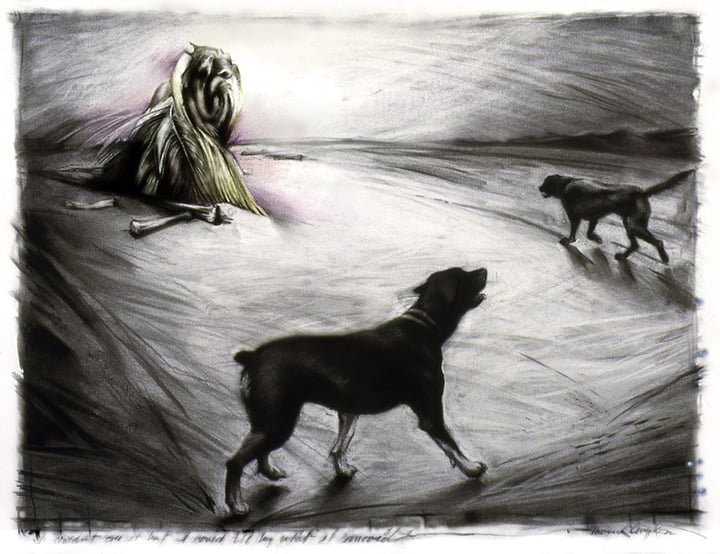
Series by Neverne Covington
The Sisters Grimm is a collection of charcoal-and-wash drawings, each measuring 22” × 30”, showcasing young girls—likely sisters—presented alone or together.
Each drawing is titled with a short, proverb-like warning: e.g., “You’re going to be the death of me,” “Step on a crack, break your mother’s back,” “Don’t point that at your Sister,” and more.
The series is a visually and emotionally rich exploration of what once was innocent guidance or superstition—but now feels charged with tension. Covington uses the metaphor of sisters and whispered warnings to tap into memory, family dynamics, and protective anxieties.
Familiar imagery and phrases spark recognition, yet undercut them with unexpected emotional weight. Viewers might see sibling dynamics, social commentary about protecting girls, or memories of childhood taboos.
Figurative and expressive: The drawings capture youthful innocence but are overlaid with foreboding or ironic phrases.
Juxtaposition of innocence vs. warning: Covington plays with the tension between nostalgic children’s sayings and unsettling undertones—hinting at protective instincts, sibling rivalry, or darker implications.
Minimalist palette: The charcoal and wash technique complements the stark, haunting mood of each piece.


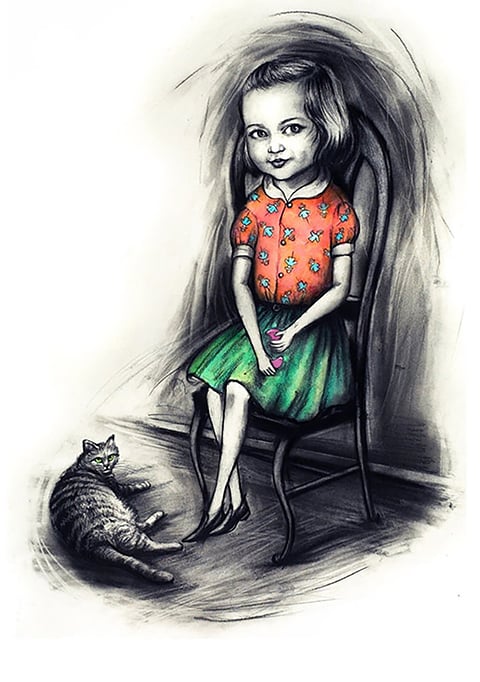

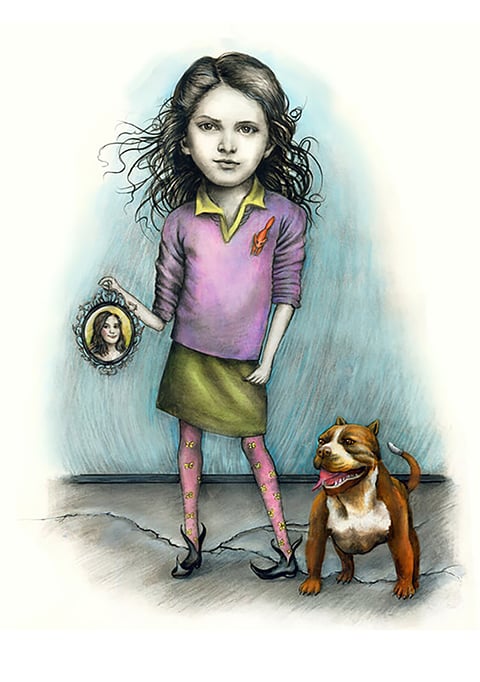
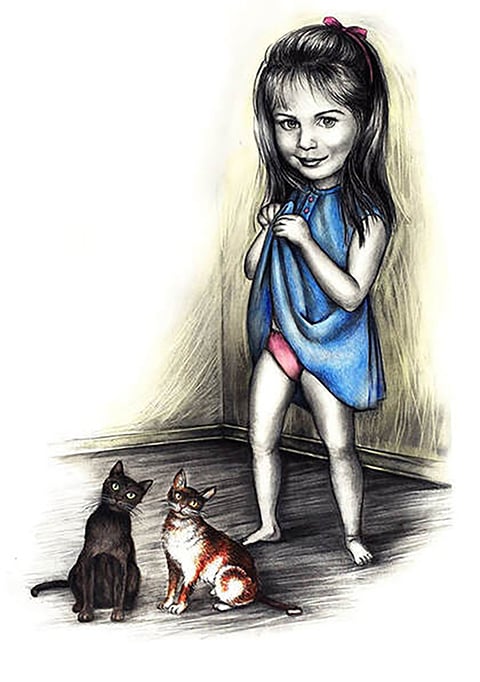
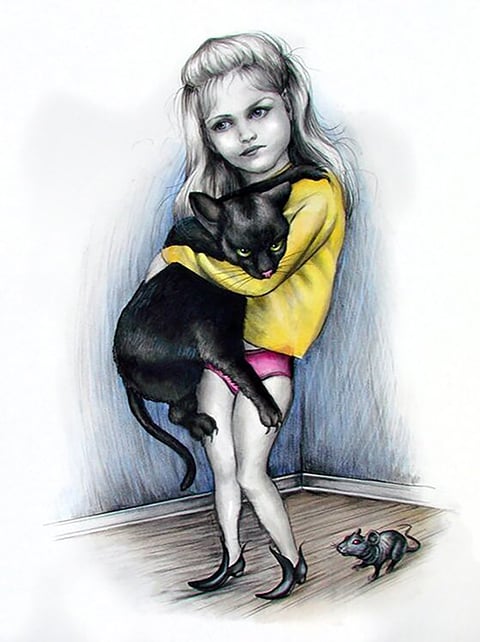



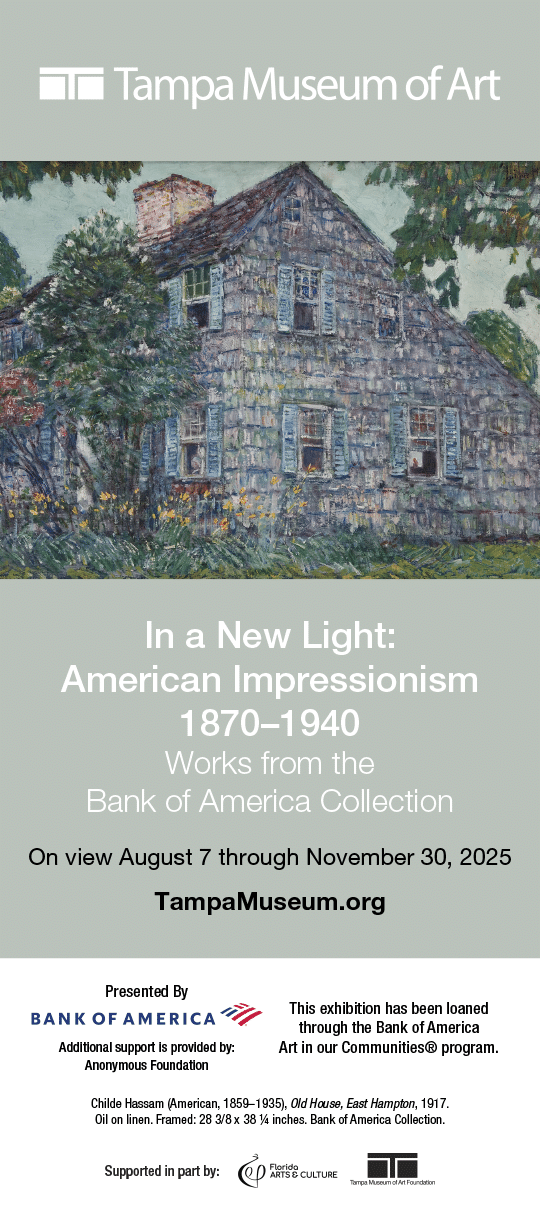




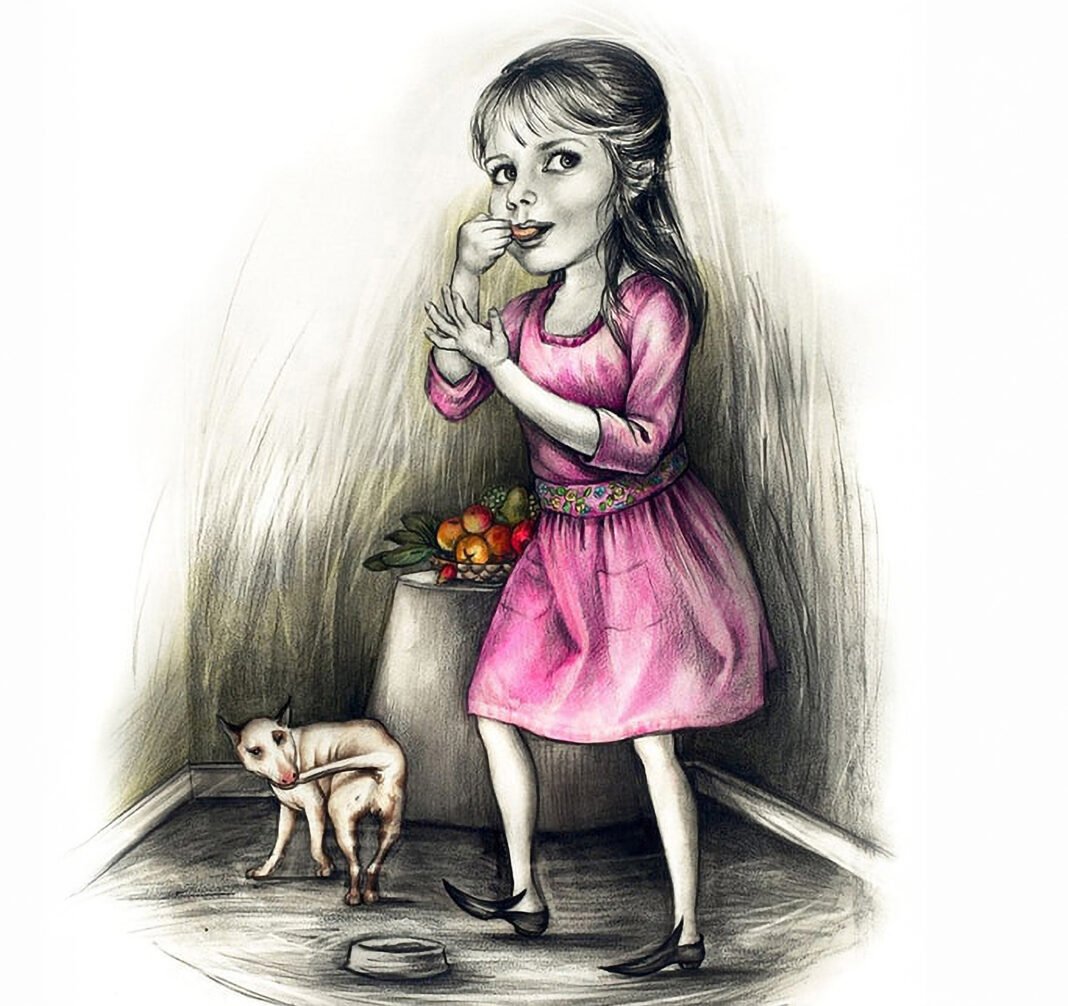




What an enjoyable and informative read. This article really expressed Neverne Covington in ways that was very delightful. I just step back and view and contemplate her work. I love how Neverne express living in Florida and its environment shaped her vision as an artist. Beautiful art beautiful article.
Fabulous article on a fabulous woman. What an inspiration! Her work has always been unique and exceptional!